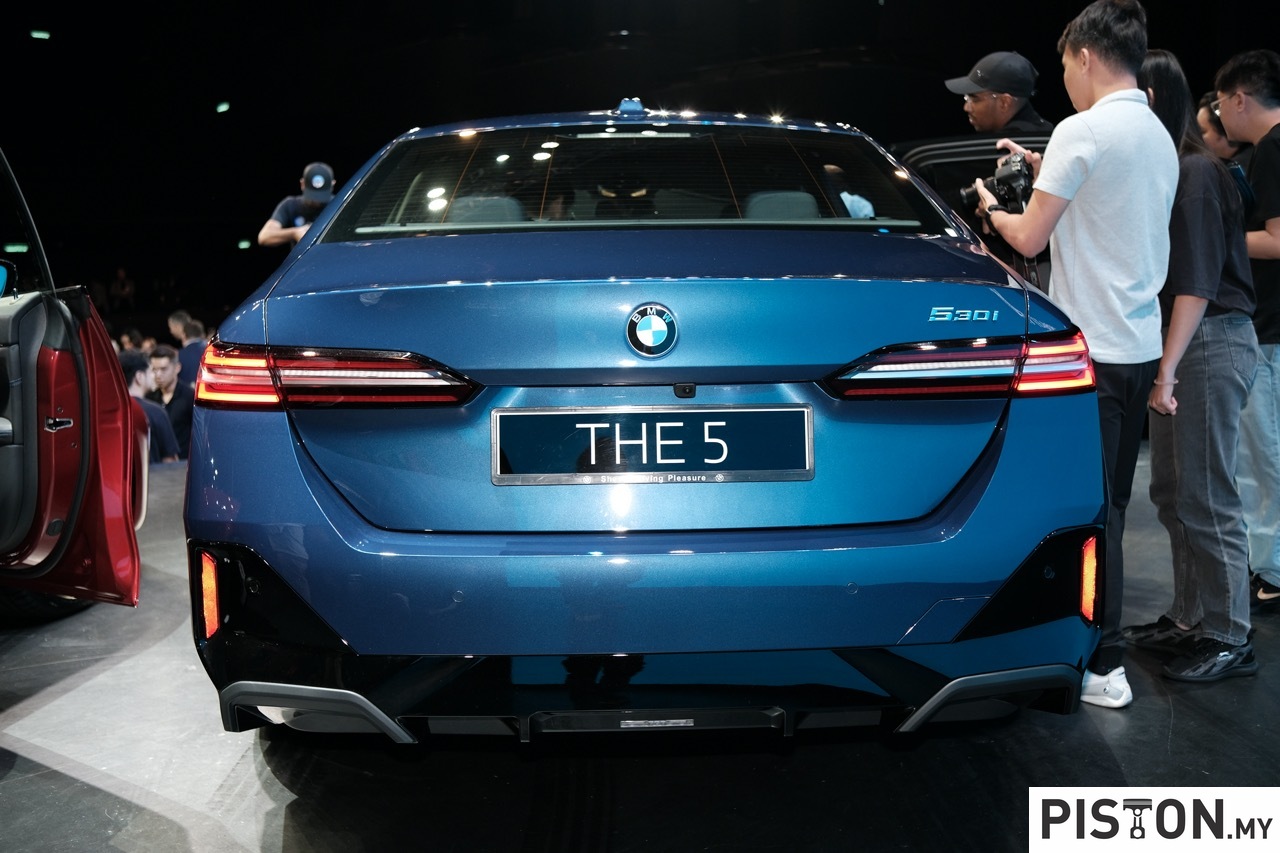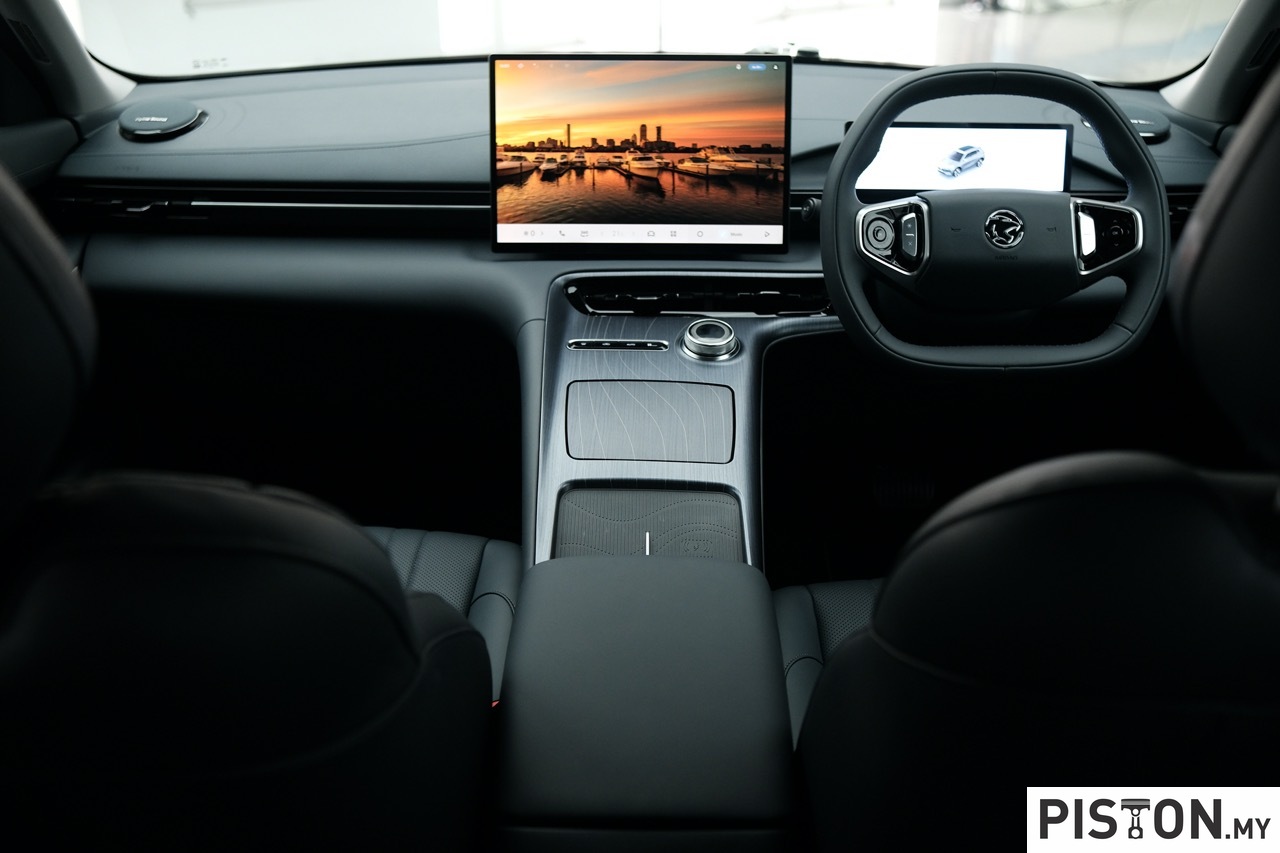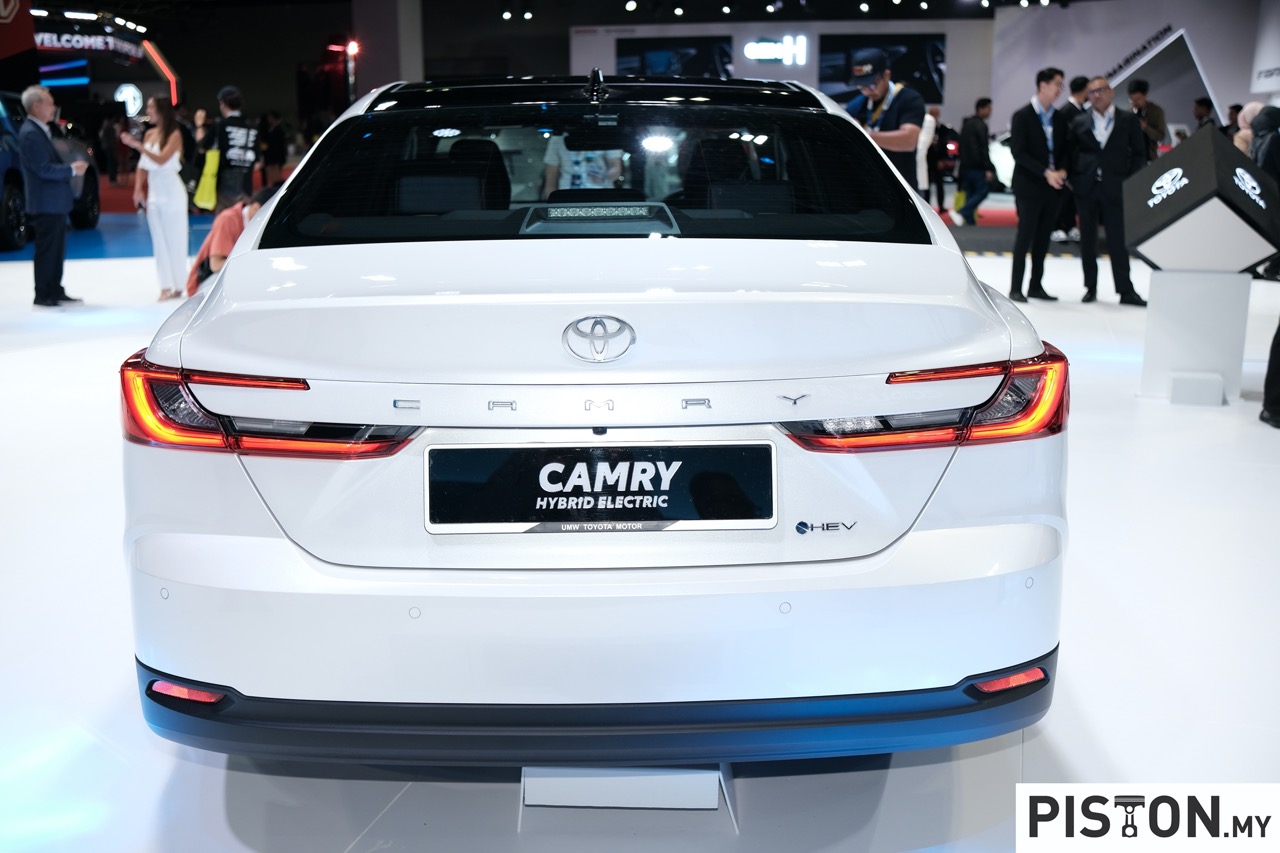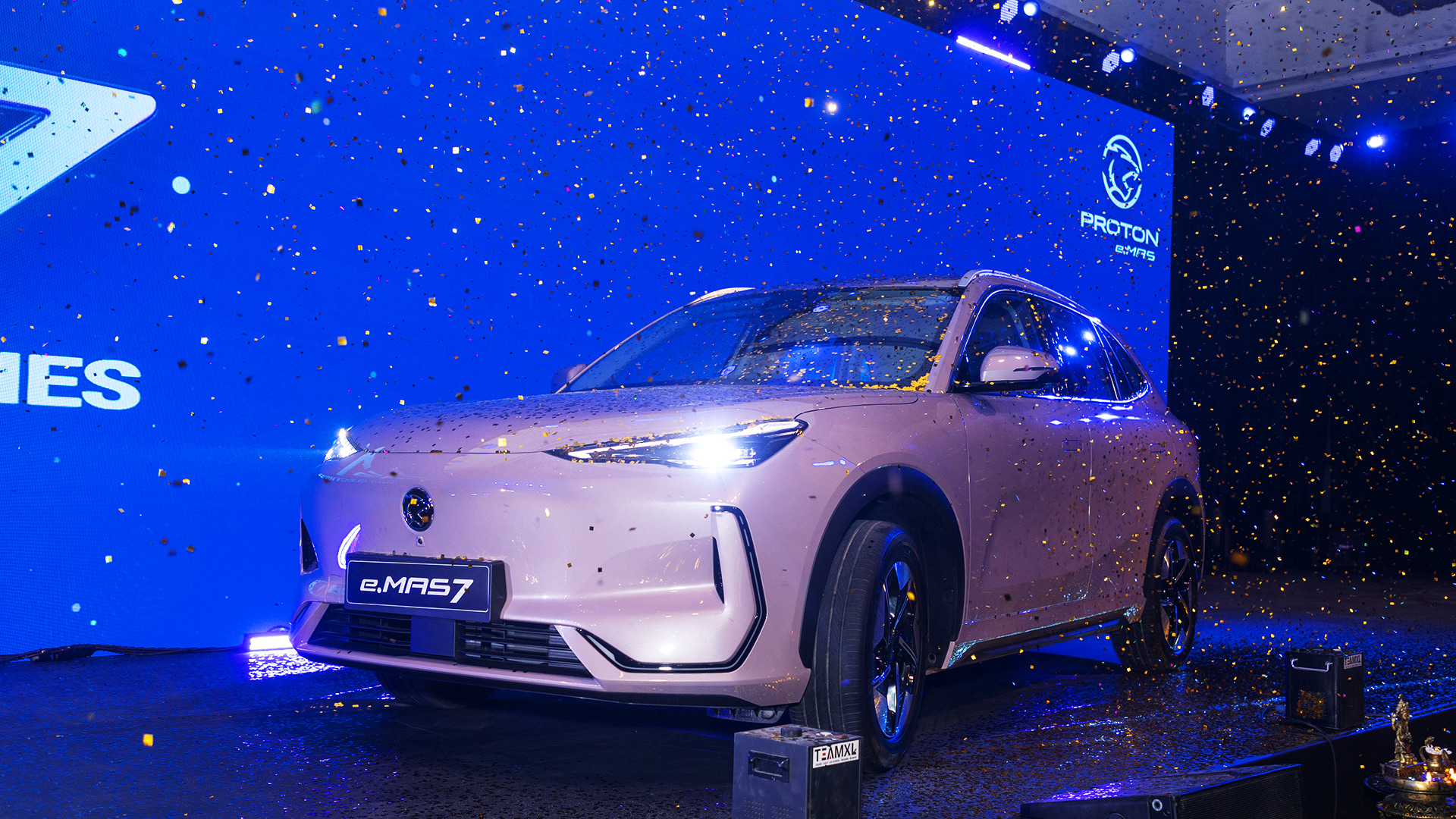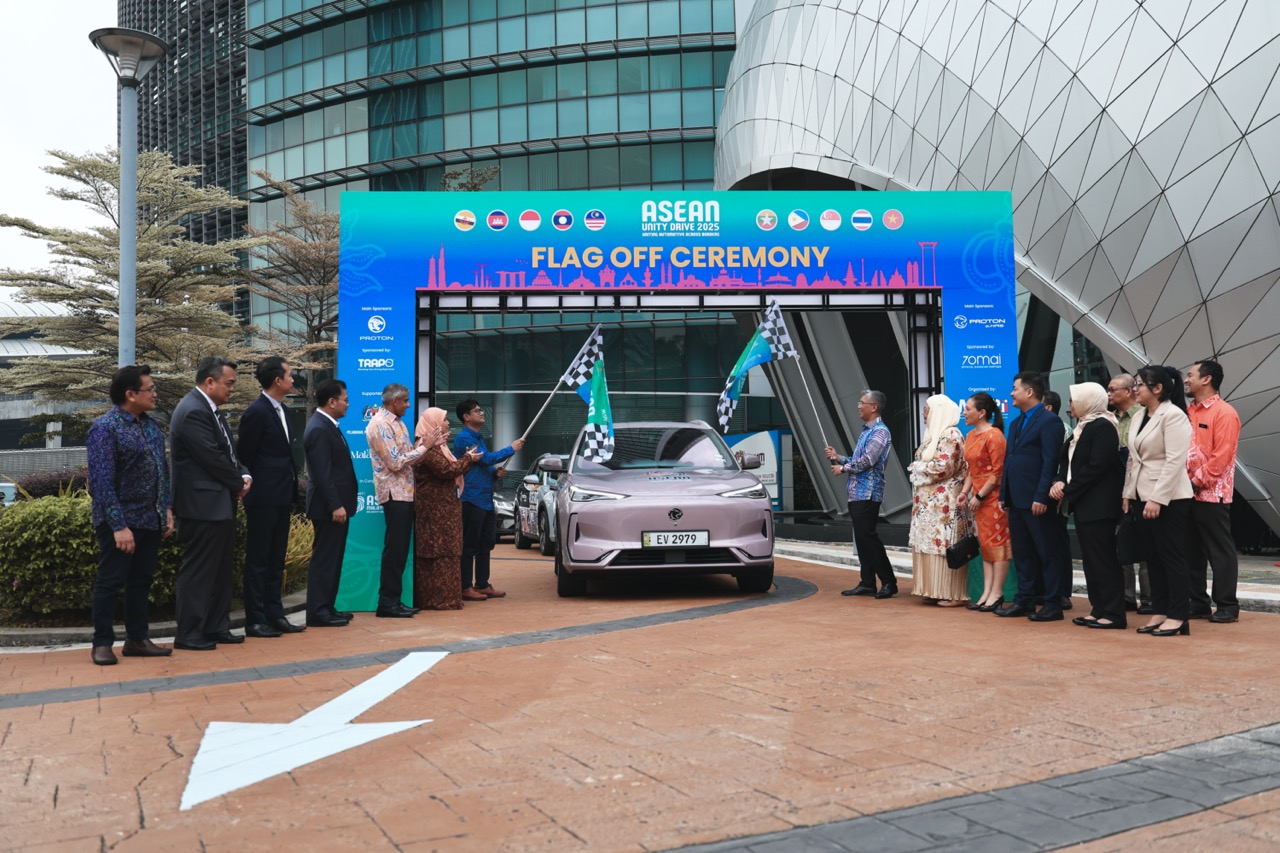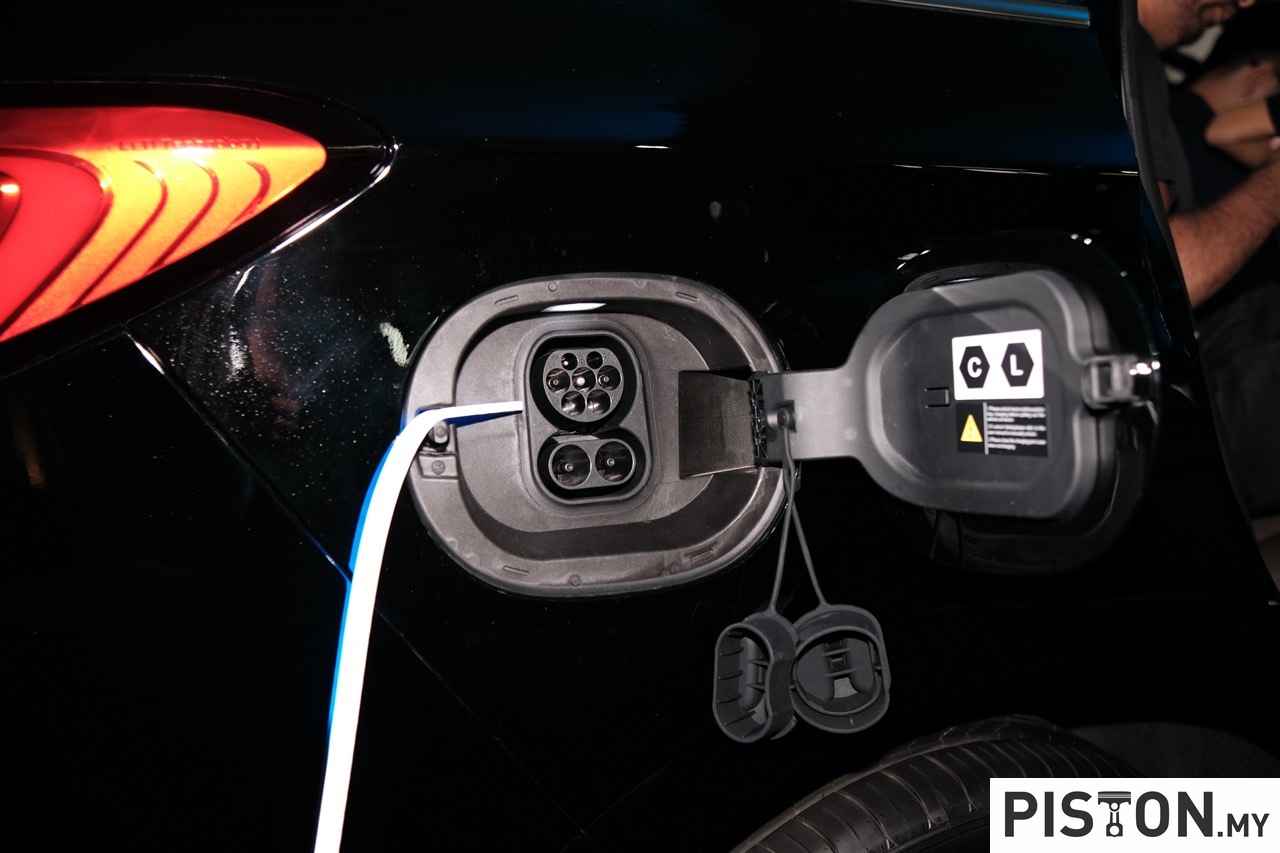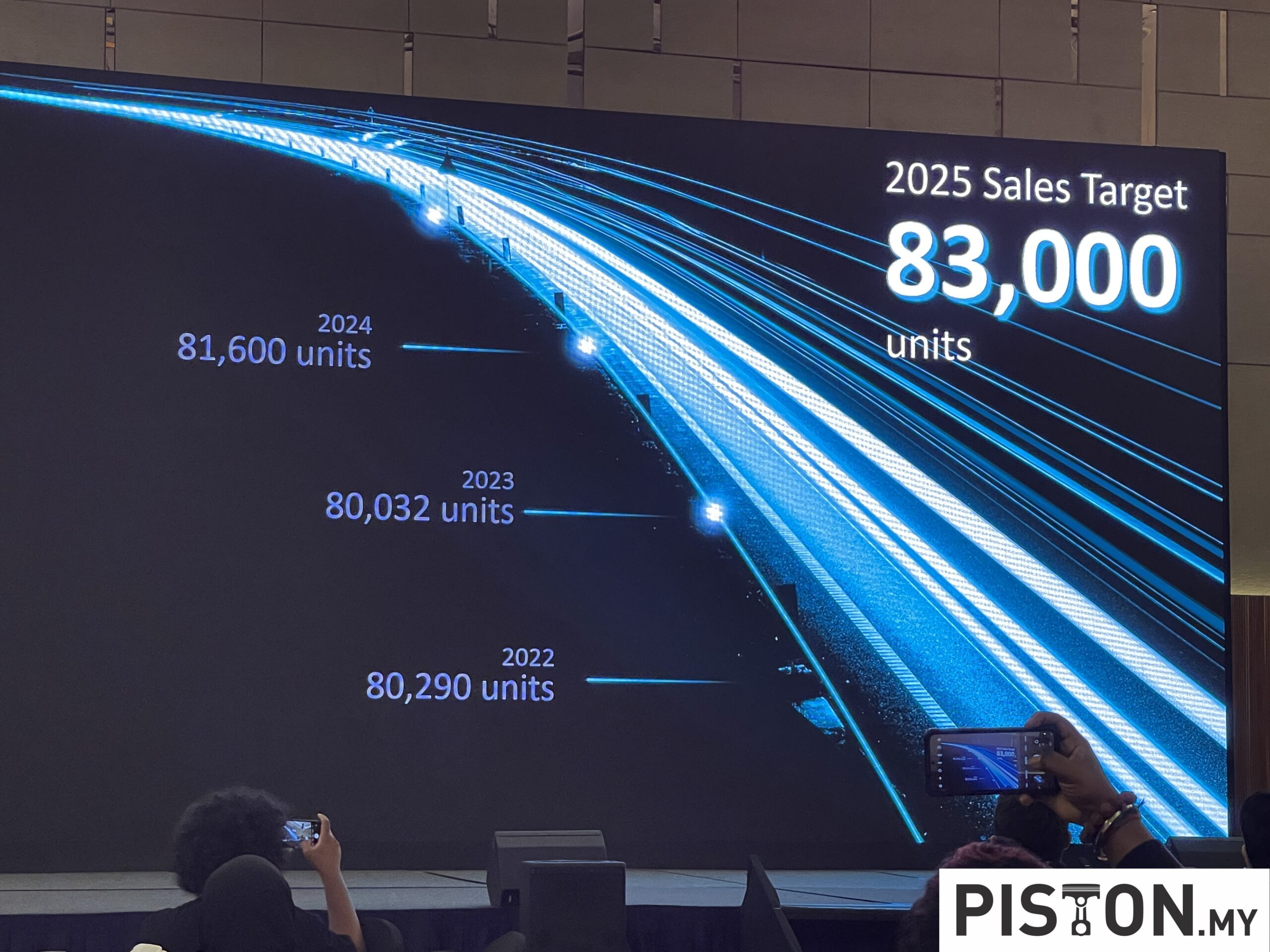BYD has unveiled its latest advanced driver assistance system (ADAS), known as “God’s Eye,” in a move that aims to integrate high-end intelligent driving technology across its vehicle lineup, including budget-friendly models like the BYD Seagull. The system, available in three variants with up to three LiDAR sensors, represents a significant leap forward for the company, which had previously faced criticism for lagging behind competitors in autonomous driving technology.
During the launch ceremony, BYD highlighted its vast engineering resources and data-driven approach to ADAS development. The company, which maintains the largest car cloud database in China, employs 110,000 engineers, with 5,000 dedicated to intelligent driving research and development. In 2024, the company’s ADAS training mileage reached 72 million kilometres per day, a scale that has contributed to the evolution of its latest driving assistance technology.
BYD’s new ADAS system is divided into three distinct levels. The entry-level variant, called “God’s Eye C,” is designed for standard BYD models and operates using a three-camera cluster positioned behind the windshield. This system, powered by the DiPilot 100 processor with a peak computing capacity of 100 TOPS (Tera Operations Per Second), incorporates 12 cameras, five millimeter-wave radars, and 12 ultrasonic sensors.










